Kale Red Russian
$4.49
In stock
Description
Brassica Oleracea varViridis
Kale Red Russian leaves are deep grey-green with purple veins flat non-curled with deeply cut margins. Its mature leaves are more tender than other kale varieties and have a mild sweet flavour. It is a vigorous tall plant and is a vigorous grower. It will produce continuous harvests of tasty greens throughout the season! The young leaves are eaten raw like lettuce, the old leaves cooked like cabbage.
Although Kale can be planted at any time, its is better grown in the winter season through to spring as hot weather makes kale bitter. For the best results, choose an area with well-drained, loamy soil and select an area that will get full sun.
Plant seeds at a depth of ½ cm. After 2 weeks, thin seedlings so they are spaced 15cm apart. Water the plants regularly, but take care not to over water. Kale is ready to harvest when the leaves are about the size of your hands. Avoid picking the terminal bud at the top centre of the plant, as this will keep the plant productive. Only pick about a fistful of leaves per harvest.
Seed count 500
| Method: Sow direct | Soil Temp: 8°C - 30°C |
| Cool Mountain: Jan - Apr | Position: Full sun |
| Arid: Mar - Jul | Row Spacing: 30cm apart |
| Temperate: Apr - Jul | Planting Depth: 5 mm |
| Sub Tropical: Mar - Jun | Harvest: 70 days |
| Tropical: Apr - Jul | Plant Height: 75cm |
Soil Preparation
Soil Type:
- Fertile, well-drained soil with pH 6.0–7.0.
- Amend acidic soil with lime and enrich with compost or aged manure.
Raised Beds:
- Ideal for improving drainage and root health, especially in wet climates.
Sowing Seeds
Depth & Spacing:
- Sow seeds 5 mm deep, 30 cm apart.
- Thin seedlings to 18–24 cm once established.
Germination:
- Occurs in 5–12 days at 8–30°C soil temperature.
- Use grow lights for indoor starts.
Growing Conditions & Care
Sunlight:
- Full sun (6+ hours daily) is ideal, but kale tolerates partial shade, especially in hotter zones.
Watering:
- Keep soil consistently moist.
- Water seedlings twice daily until germination, then reduce to once daily.
- Mulch to retain moisture.
Fertilising:
- Apply nitrogen rich fertiliser (e.g., fish emulsion) every 4 weeks.
- Compost at planting boosts growth.
Pest & Disease Management
Common Pests:
- Cabbage moths, aphids, slugs.
- Use fine mesh netting to deter butterflies.
Disease Prevention:
- Rotate crops annually to avoid soilborne diseases like clubroot.
Harvesting Kale
Timing:
- Harvest outer leaves when hand sized.
- Continuous picking encourages new growth.
Post Harvest:
- Store leaves in a crisper for up to 3 days.
- Frost exposed leaves are sweeter.
Companion Planting Guide
Best Companions:
- Alliums (Onions, Garlic, Chives): Mask kale’s scent, repelling aphids and cabbage moths.
- Herbs (Dill, Coriander, Lemongrass): Attract beneficial insects (e.g., hoverflies, parasitic wasps) and repel pests.
- Flowers (Marigolds, Nasturtiums): Marigolds: Repel nematodes and attract pollinators. Nasturtiums: Act as a trap crop for aphids.
- Legumes (Bush Beans, Peas): Fix nitrogen in soil, benefiting heavy feeding kale.
- Leafy Greens (Lettuce, Spinach): Provide ground cover, retain moisture, and suppress weeds.
Worst Companions:
- Brassicas (Broccoli, Cauliflower): Share pests and diseases (e.g., cabbage worms).
- Tomatoes & Potatoes: Compete for nutrients; tomatoes may spread blight.
- Strawberries: Attract slugs harmful to kale.
Troubleshooting Common Issues
Bolting:
- Prevent by planting in cooler months and providing consistent water.
Yellowing Leaves:
- Indicates nitrogen deficiency—apply compost tea or fish emulsion.
Pest Infestations:
- Introduce ladybugs or spray neem oil for organic control.
Container Growing
Pot Size:
- Minimum 30 cm diameter with drainage holes.
Companions:
- Pair with garlic, chives, or coriander in pots.

Order Times
Seed orders are normally dispatched within three business days. You will receive an email when seeds are mailed out.
Packaging
No plastics are used in our seed envelopes or postage materials. Everything is compostable and fully bio degradable.
Postage Days
Seeds are mailed out Monday to Friday at 1pm. Except for the Friday of long weekends.
Postage Times
WA 2-3 Days: SA,NT 3-5 Days: NSW, ACT, QLD, VIC: 5-7 Days
Carrier
We use Australia Post Letter Postage for the majority of orders

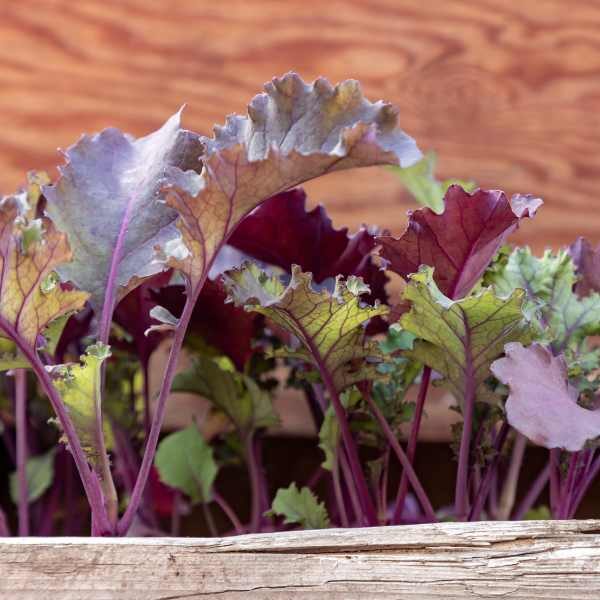
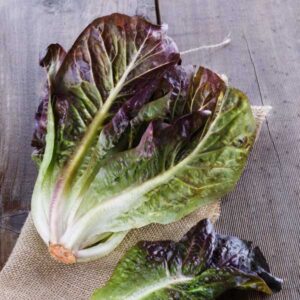
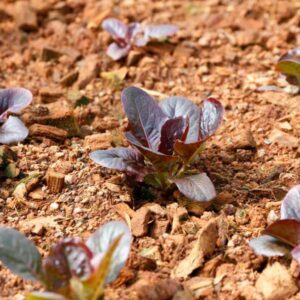
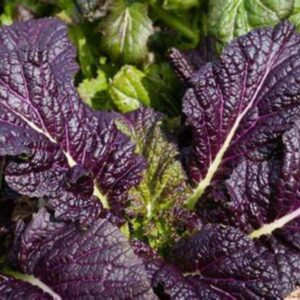
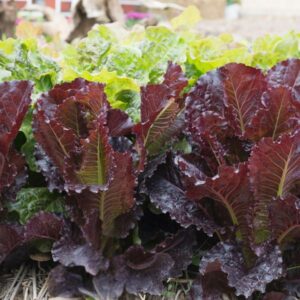
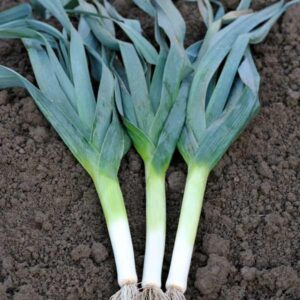 Leek Autumn Giant
Leek Autumn Giant 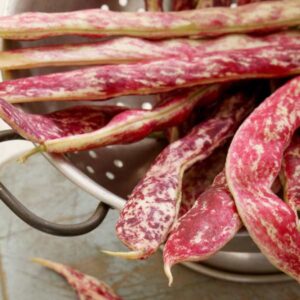 Bean Borlotto Lingua di Fuoco
Bean Borlotto Lingua di Fuoco 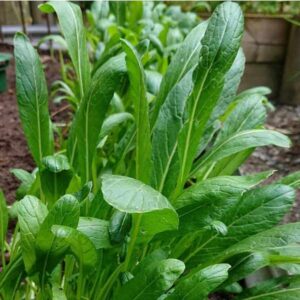 Mibuna
Mibuna 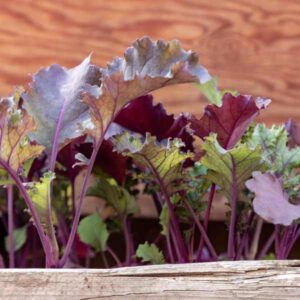
Reviews
There are no reviews yet